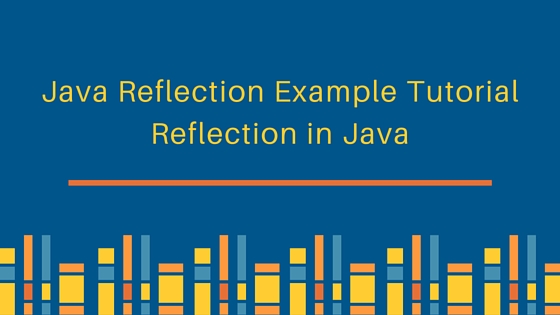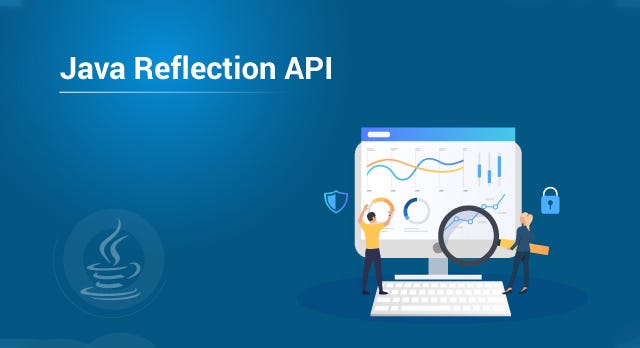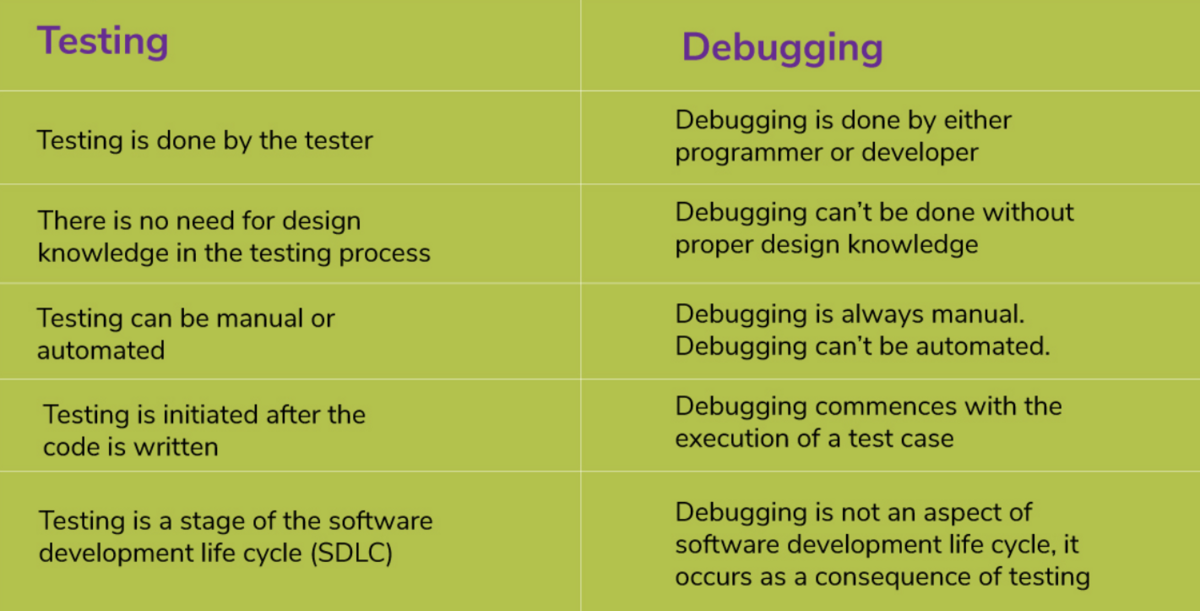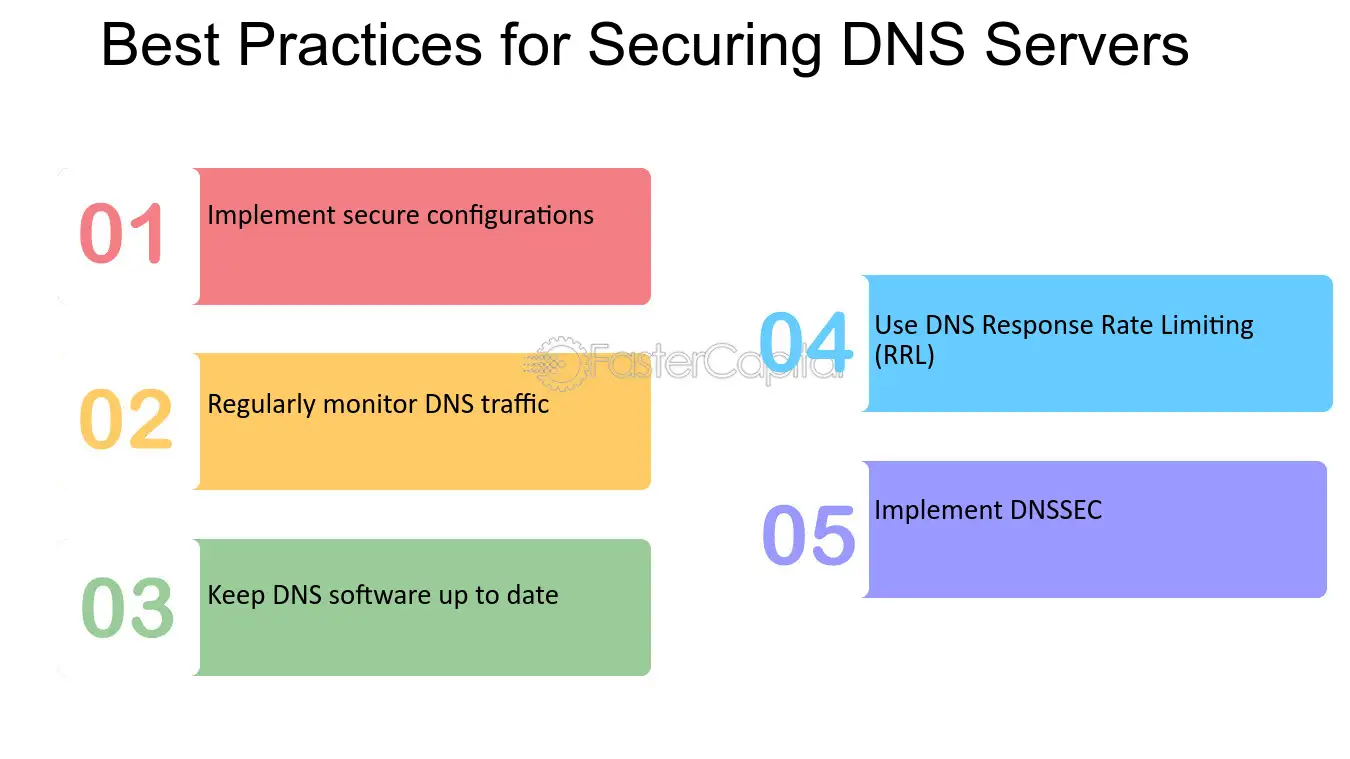Table of Contents
In the vast realm of programming, certain concepts and techniques stand out as powerful tools that developers can employ to create efficient, dynamic, and flexible software. One such concept is reflection. Reflection is a feature that allows a program to inspect, analyze, and even modify its structure during runtime. This in-depth guide will explore the world of reflection, explaining what it is, how it works, and various practical applications. You’ll have a profound understanding of reflection and its potential to enhance your programming skills.
Introduction to Reflection

Reflection is a fundamental concept in the world of programming, allowing software to examine and manipulate its own structure during runtime. In essence, it enables a program to “reflect” on its own components, such as classes, objects, and their attributes, methods, and behaviors. This introspective capability provides developers with a powerful set of tools for creating dynamic and flexible software.
Reflection is a feature found in many modern programming languages, and it plays a pivotal role in various domains of software development, from debugging and testing to frameworks and libraries. By offering the ability to inspect, analyze, and modify code dynamically, reflection enables applications to adapt to changing requirements and handle dynamic data with ease.
How Reflection Works
To understand reflection, it’s essential to grasp its underlying mechanisms. Reflection typically operates by exposing an object’s metadata, which includes information about its type, structure, and behavior. This metadata is made available through a set of reflection APIs or libraries that are integrated into the programming language.
Reflection APIs allow developers to:

- Inspect Class Information: You can retrieve details about classes, their fields, methods, and other members. This is especially useful for creating tools and libraries that work with objects of unknown types.
- Access and Modify Object Properties: Reflection enables you to read and modify the values of fields, properties, and methods of objects at runtime.
- Invoke Methods Dynamically: You can invoke methods on objects without knowing their exact signatures at compile time.
- Generate and Manipulate Code: Reflection empowers developers to generate new classes, methods, and properties at runtime, making it a valuable tool for frameworks and libraries.
- Work with Annotations and Attributes: Many languages provide mechanisms to work with annotations or attributes associated with classes and members, which can be leveraged for various purposes.
Reflection is not without its complexities and potential challenges, such as performance overhead and security concerns. However, when used judiciously and securely, reflection can be a game-changer in software development, enabling dynamic, extensible, and versatile solutions that adapt to evolving requirements. In the following chapters, we will explore how reflection is employed in various programming languages and its practical applications in the real world.
Reflection in Programming Languages
Reflection is a versatile and powerful feature that’s available in various programming languages, each with its own implementation and nuances. In this chapter, we’ll explore how reflection is incorporated into some popular programming languages and the unique capabilities it offers in each context.
Reflection in Java

Java is renowned for its robust support for reflection. This rich set of tools is frequently used for frameworks, testing, and dynamic code generation. Java’s strong typing, combined with reflection, offers a powerful foundation for creating adaptable and extensible software.
Reflection in C#
C#, a language developed by Microsoft, also embraces reflection. C# offers the System.Reflection namespace, providing access to assembly metadata and runtime type inspection. Reflection in C# enables dynamic loading of assemblies, working with attributes, and invoking methods dynamically. It’s a key component in technologies like .NET and allows developers to create flexible applications and libraries.
Reflection in Python
Python, a dynamically-typed language, exhibits a different reflection approach due to its dynamic nature. Python’s inspect module allows you to retrieve information about objects, modules, and classes. Python’s introspective capabilities are particularly beneficial for metaprogramming, debugging, and creating adaptable frameworks and libraries.
These three languages represent a spectrum of reflection capabilities, each with its own strengths and trade-offs. While Java provides a rich set of reflection tools with strong typing, C# offers robust reflection support in the .NET ecosystem, and Python’s dynamic nature opens doors for introspection and metaprogramming. Understanding reflection in your language of choice can empower you to leverage its capabilities effectively in your software development projects. In the subsequent chapters, we’ll explore practical applications of reflection in various programming contexts.
Practical Applications Debugging and Testing

One of the most critical applications of reflection is in debugging and testing. We’ll explore how reflection can assist in debugging and automate testing processes.
Frameworks and Libraries
Reflection plays a vital role in many frameworks and libraries. We’ll look at examples in the context of web frameworks, dependency injection, and more.
Serialization and Deserialization
Reflection is essential for serialization and deserialization of objects, allowing data to be transformed into a format suitable for storage or transmission.
Reflection and Security Concerns
We’ll discuss the potential pitfalls and how to mitigate security issues.
Best Practices for Secure Reflection

We’ll provide a set of best practices for secure reflection usage, ensuring your code remains robust and safe from malicious exploitation.
Reflection in Modern Web Development
Web development often relies on reflection for tasks like handling dynamic data and custom routing. We’ll examine how reflection influences modern web development.
Reflection in Mobile App Development
In the world of mobile app development, reflection is a valuable asset for creating dynamic, feature-rich applications. We’ll explore its use in this context.
Challenges and Limitations of Reflection
Reflection isn’t without its challenges. We’ll discuss some common difficulties developers may encounter and strategies for overcoming them.
Reflection vs. Alternative Techniques
We’ll compare reflection with other techniques, considering when reflection is the best choice and when alternative methods might be more appropriate.
Tips Best Practices for Using Reflection
This section provides a collection of best practices for utilizing reflection effectively in your projects while minimizing potential issues.
Tips for Learning and Mastering Reflection
For those looking to improve their reflection skills, we offer valuable tips and resources to accelerate your learning curve.
The Future of Reflection in Evolving Programming Paradigms

As programming paradigms evolve, reflection may adapt or face new challenges. We’ll discuss how reflection fits into the future of software development.
Emerging Trends in Reflection
Stay updated with emerging trends and innovations related to reflection, ensuring you’re well-prepared for the future of programming.
Conclusion:
As we wrap up this comprehensive guide to reflection, you will have gained a deep understanding of this powerful concept in programming. Reflection empowers developers to create dynamic, adaptable software and enhances various aspects of the development process. Whether you’re a seasoned programmer or just starting your coding journey, the insights and knowledge provided in this guide will equip you to use reflection effectively and harness its capabilities to their fullest potential.
For More Information Please Visit These Websites Craiyon And arturia


1 Comment
ijx3ia